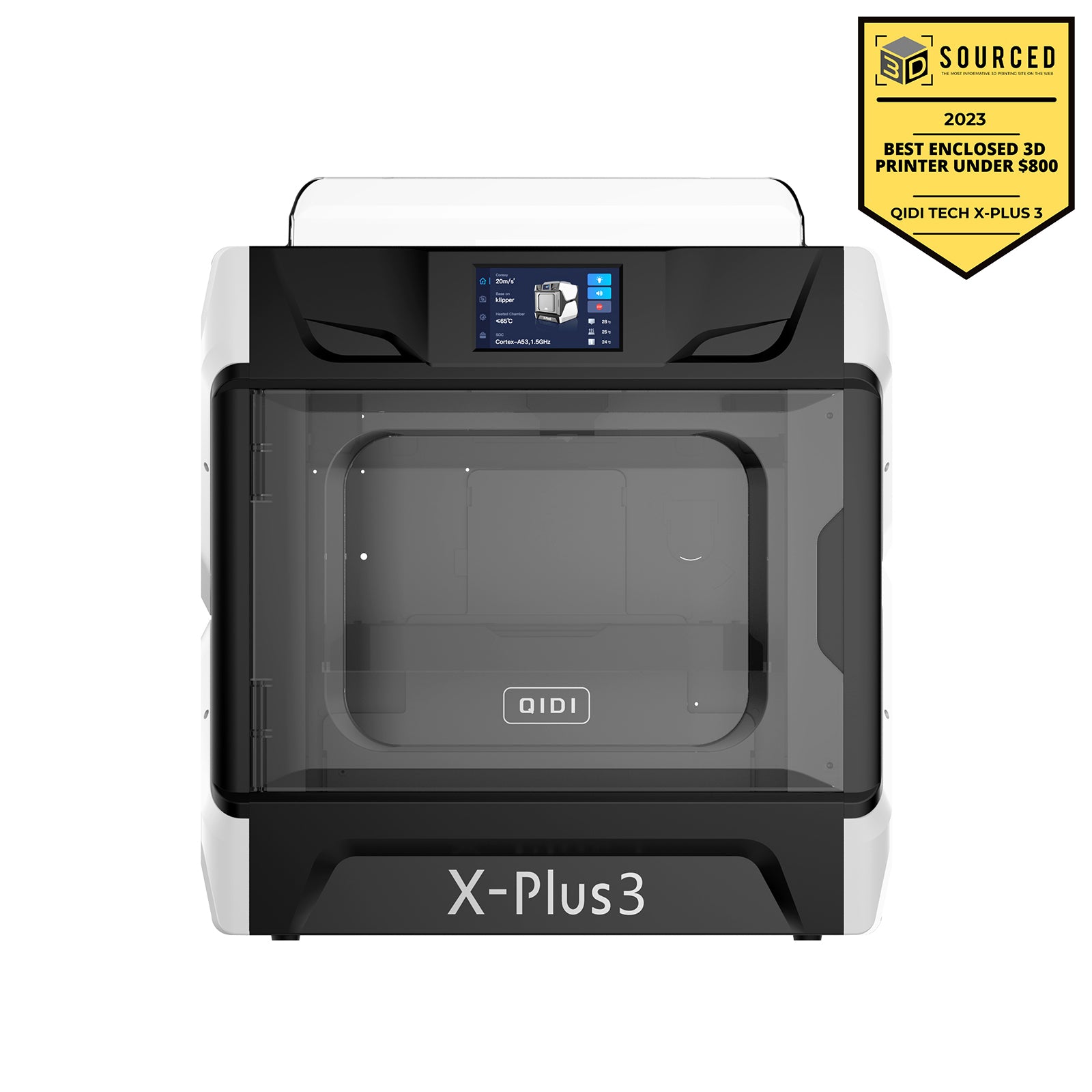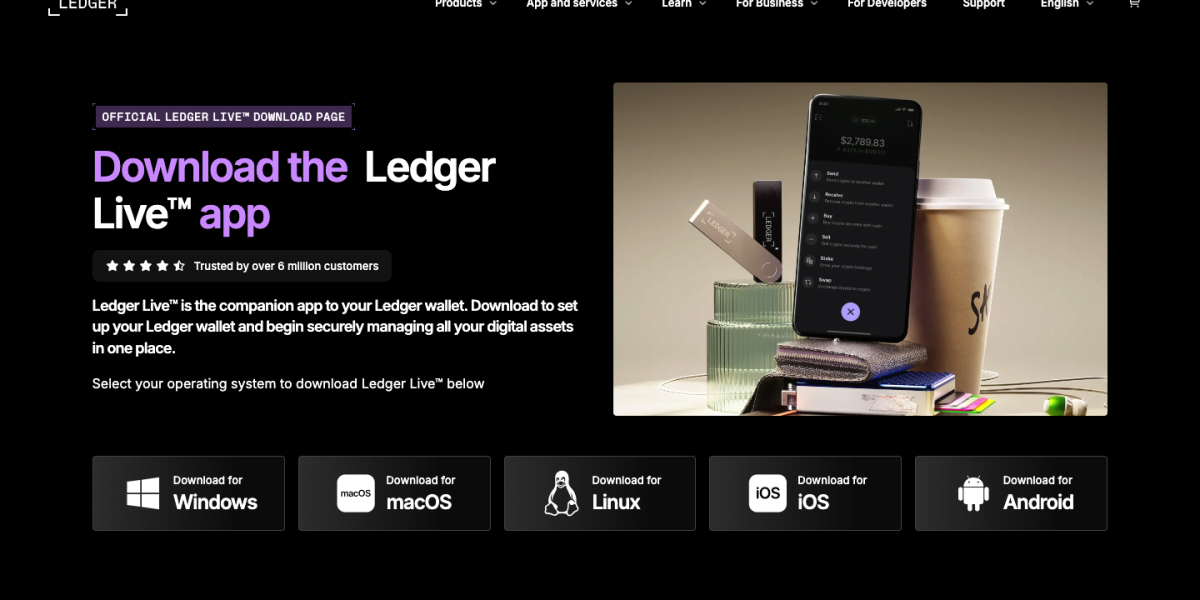In the world of 3D printing, the choice of printer can significantly impact the quality and safety of your projects. An enclosed 3D printer offers numerous advantages that make it an ideal choice for home filament printing. This article explores these benefits in detail, helping you understand why investing in an enclosed model might be the best decision for your 3D printing needs.

Enhanced Print Quality
One of the primary benefits of using an enclosed 3D printer is the improvement in print quality. The enclosed environment helps maintain a consistent temperature, which is crucial for materials like ABS and PETG that are sensitive to temperature fluctuations. When the temperature is stable, the risk of warping and layer separation decreases significantly. Have you ever experienced issues with your prints curling at the edges? An enclosed printer can help mitigate this problem.
Improved Safety Features
Safety is another critical aspect to consider when choosing a 3D printer. Enclosed models are designed with safety in mind. They minimize the risk of accidental contact with hot components, making them a safer option for households with children or pets. Additionally, the enclosed design helps contain any fumes emitted during the printing process, which is particularly important when using materials that can release harmful substances. By using an enclosed 3D printer, you can create a safer workspace for yourself and your family.
Versatility in Material Usage
Enclosed 3D printers are also more versatile when it comes to the types of materials you can use. Many filaments require specific environmental conditions to print successfully. For instance, nylon and certain flexible filaments perform better in a controlled environment. If you are looking to experiment with different materials, an enclosed printer will provide the necessary conditions to achieve optimal results.
Noise Reduction and Aesthetic Appeal
Another often-overlooked benefit of an enclosed 3D printer is noise reduction. The enclosure helps dampen the sound produced during the printing process, making it less disruptive in a home environment. This feature is particularly beneficial if you plan to print during the night or in shared living spaces. Furthermore, many enclosed printers are designed with aesthetics in mind, allowing them to blend seamlessly into your home decor.
Conclusion
In conclusion, the advantages of using an enclosed 3D printer for home filament printing are numerous. From enhanced print quality and improved safety features to versatility in material usage and noise reduction, these printers offer a comprehensive solution for both beginners and experienced users alike. If you are considering upgrading your 3D printing setup, explore options like the  to experience the benefits firsthand.
to experience the benefits firsthand.








